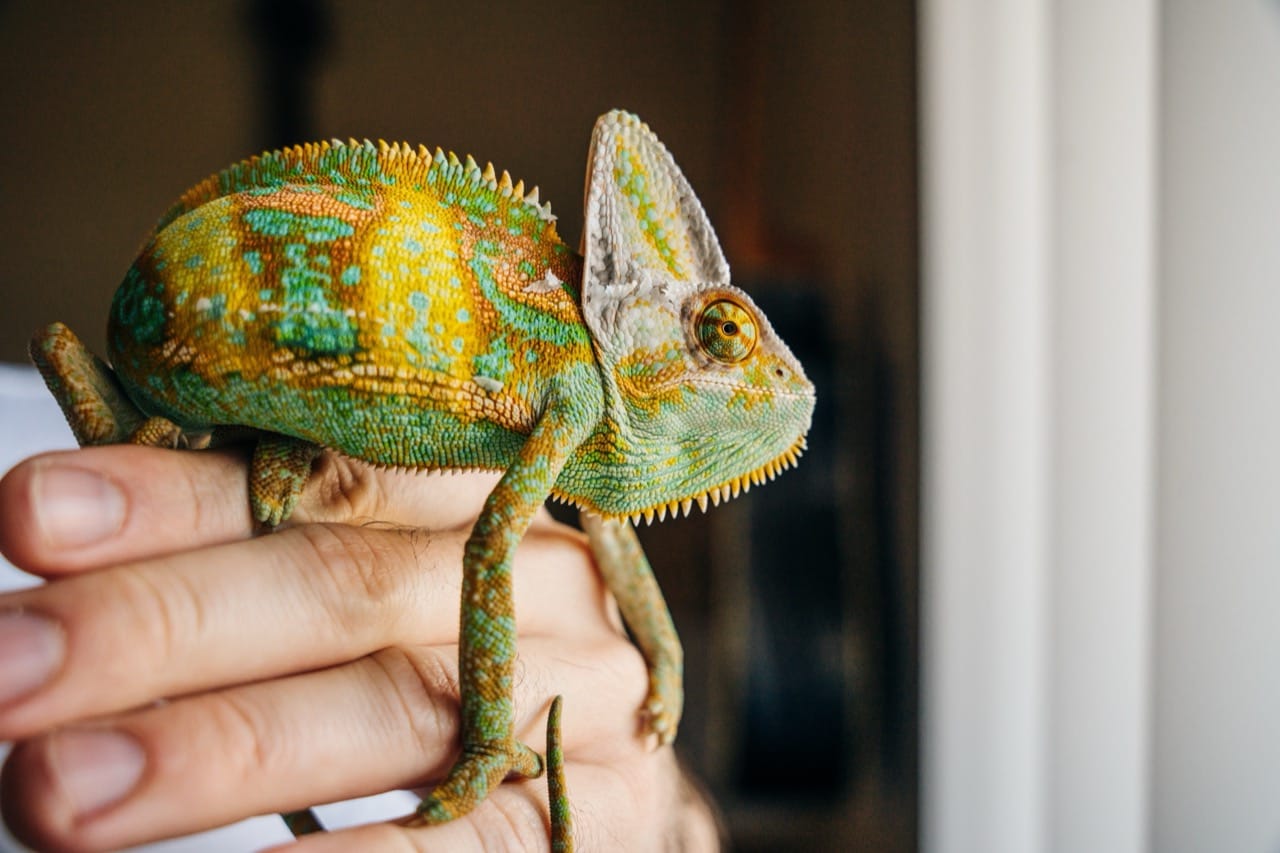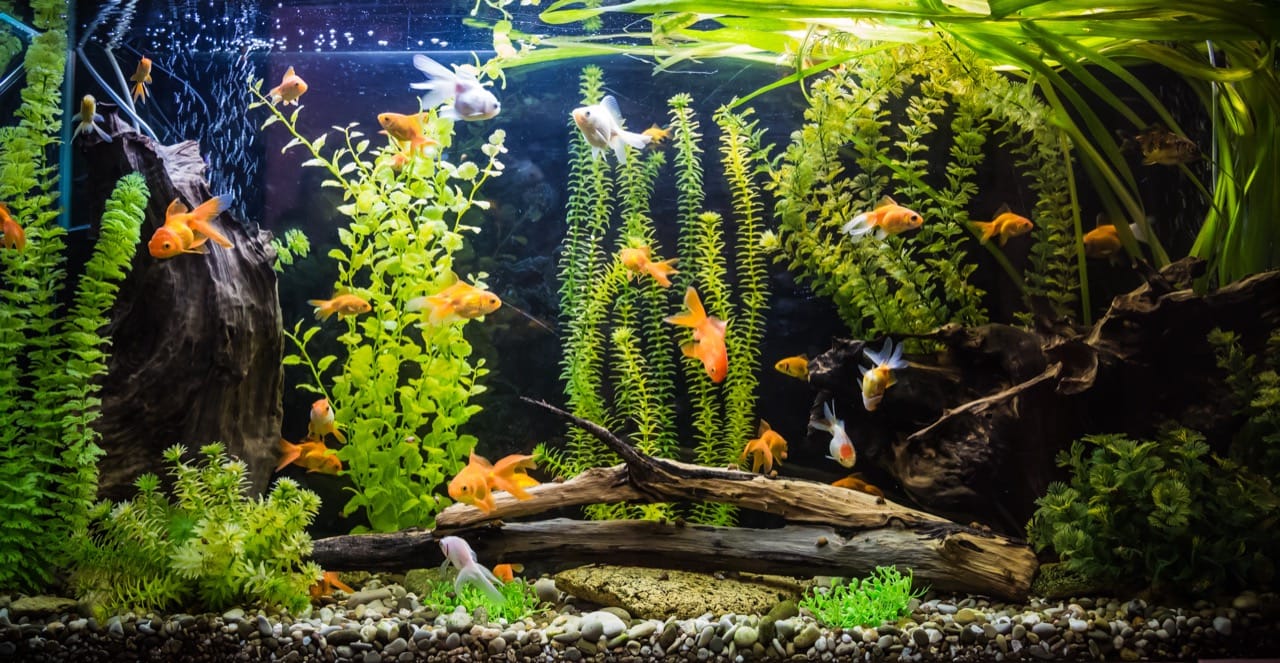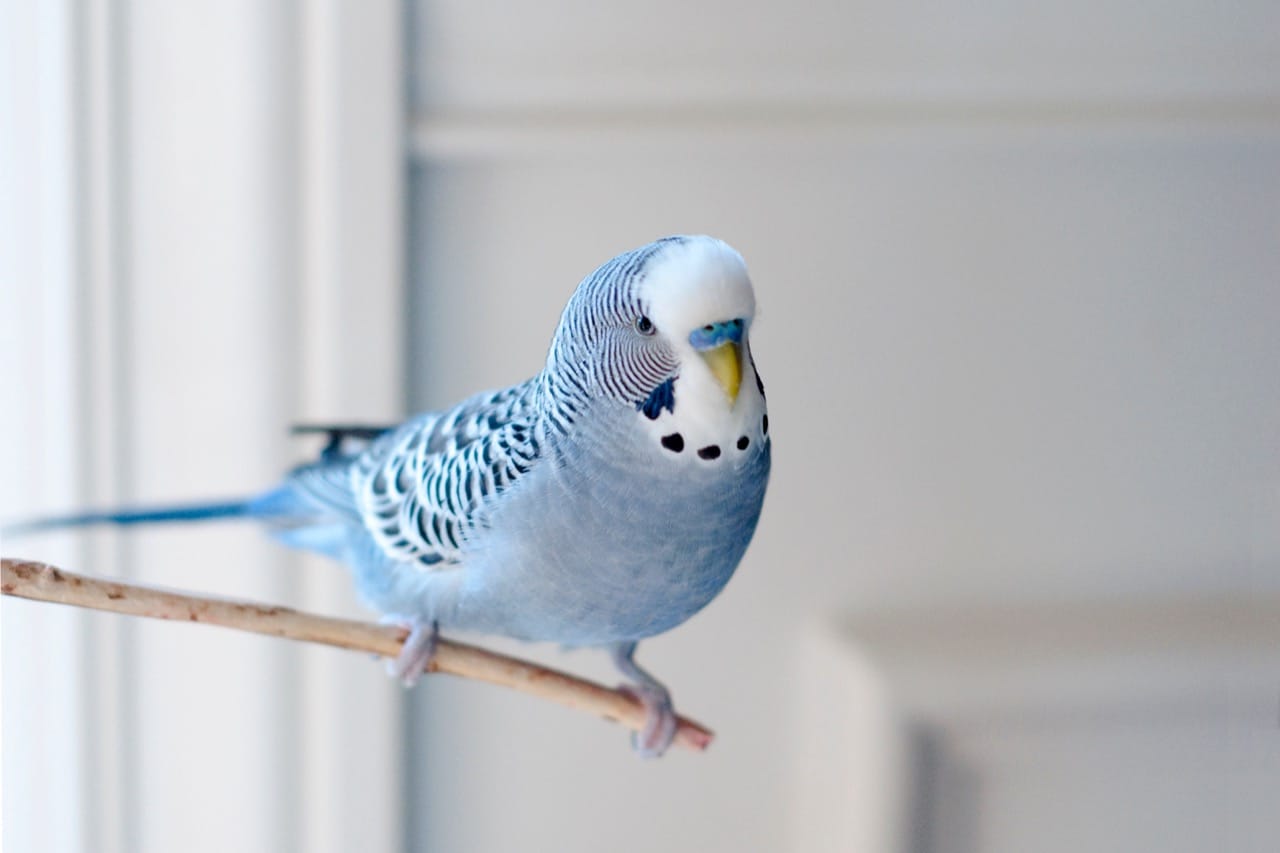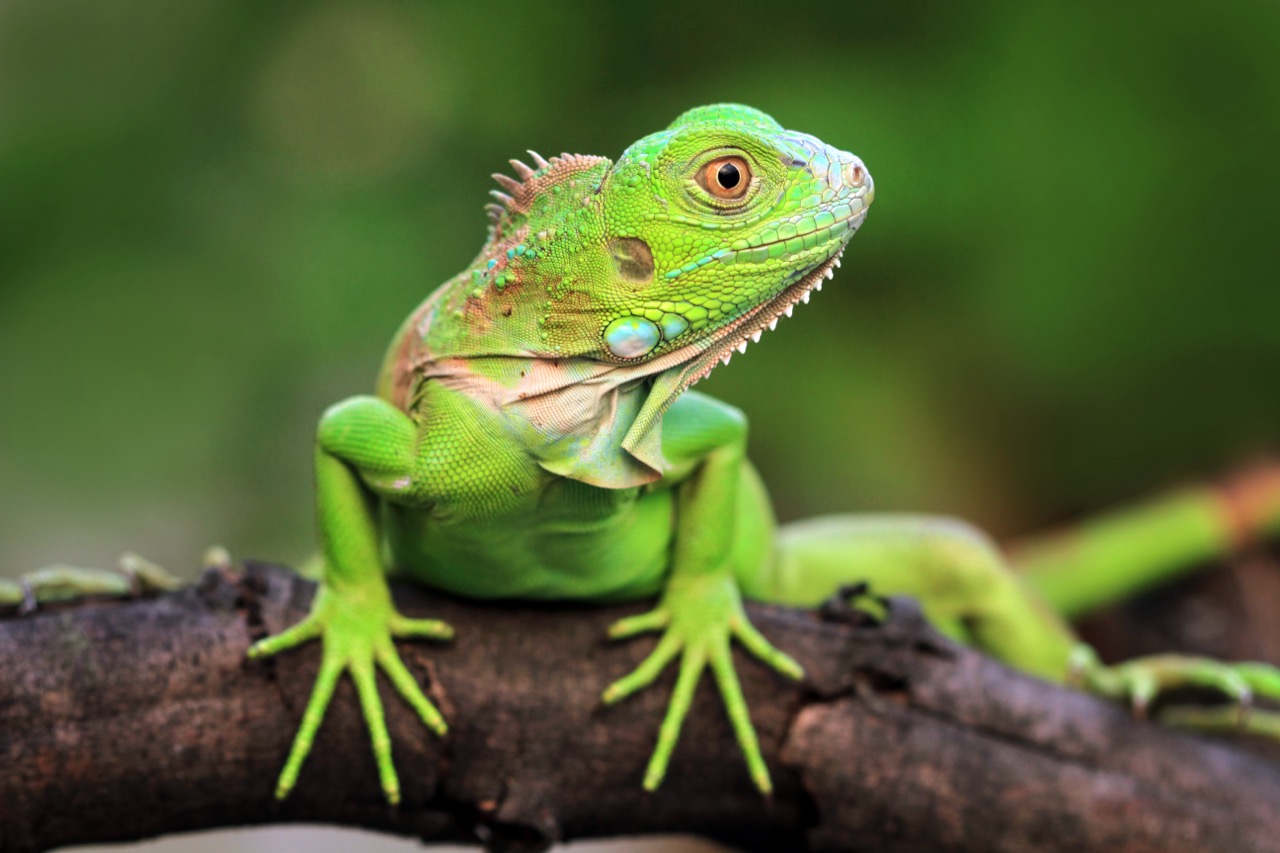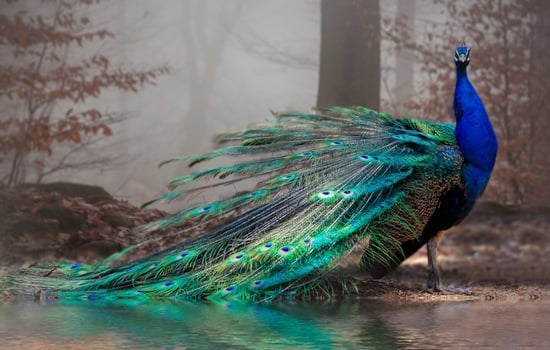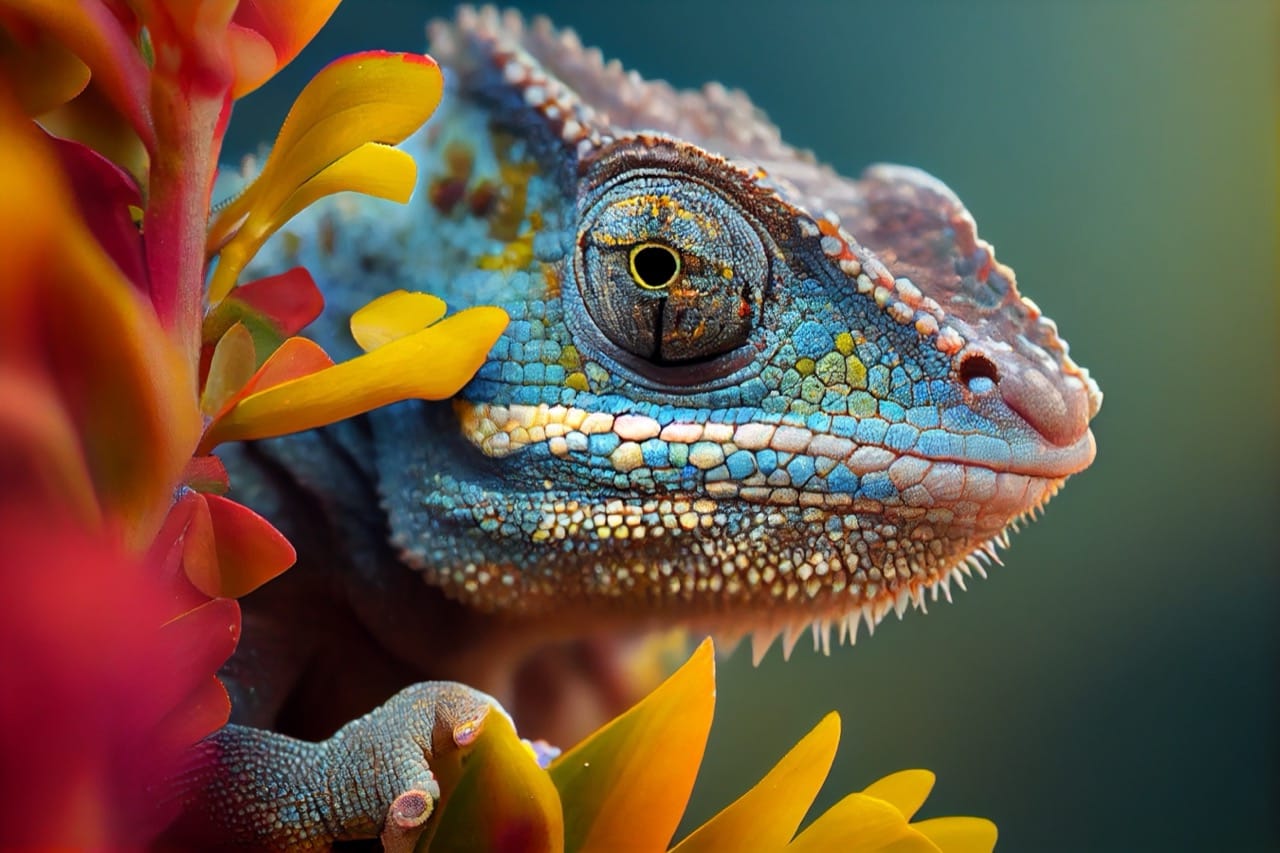
Welcoming a chameleon into your home is like adding a splash of color to your life—literally. These fascinating creatures, known for their ability to change colors and their extraterrestrial-looking eyes that move independently, make for intriguing pets that can brighten any room (both figuratively and, thanks to their color-changing abilities, sometimes literally). Before you embark on this vibrant journey, it's essential to understand that chameleons are not your typical pets. Their care requires attention to detail, patience, and a deep understanding of their unique needs.
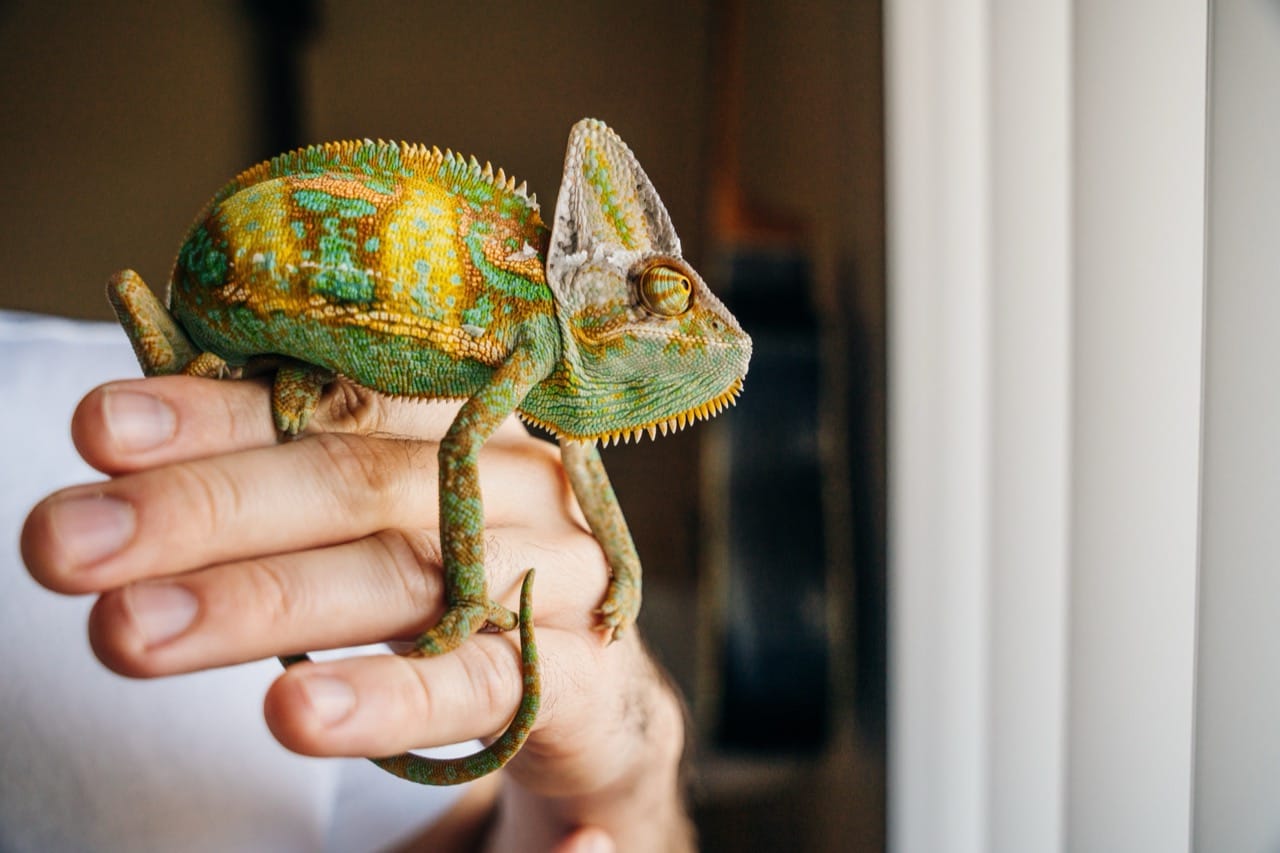
Living Quarters: Creating a Comfortable Habitat
Chameleons are arboreal, meaning they spend most of their time in trees. To mimic their natural habitat, their enclosure—usually a screen cage for proper ventilation—should be tall and equipped with plenty of branches and foliage for climbing and hiding. Glass aquariums are not recommended due to poor airflow, which can lead to respiratory issues. The size of the enclosure depends on the species and age of your chameleon, but a general rule is the bigger, the better. Adequate lighting is crucial; UVB lamps promote healthy bone development and are vital for synthesizing vitamin D3. Keep the temperature and humidity levels species-specific, with a gradient to allow your chameleon to thermoregulate by moving around its home.
Dietary Needs: What's on the Menu?
Chameleons are insectivores, with the occasional leafy snack for some species. A diet rich in crickets, mealworms, and other insects, dusted with calcium and vitamin supplements, is essential for their health. The feeding frequency and amount depend on the species and age of your chameleon. Generally, juveniles eat more often than adults, requiring daily feeding, while adults may only need to be fed every other day. Gut-loading the insects before feeding your chameleon ensures they are nutritious. Hydration is provided not from a bowl but through misting the enclosure, as chameleons lick water droplets off leaves, so a good misting system or manual misting multiple times a day is necessary.
Interaction: To Play or Not to Play?
Chameleons are often more of a visual delight than interactive pets. While some may tolerate handling, it's crucial to understand that chameleons generally do not like being held. Their stress levels rise significantly when forced into unnecessary interaction. If your chameleon seems open to it, gentle and slow movements are key. Creating a trusting environment also means respecting their space—observing from a distance and minimizing direct handling is often the best approach. Play, in the human sense, doesn't quite apply to chameleons, but they do appreciate a well-setup habitat with plenty of climbing options and changing scenery of leaves and branches.
Health and Safety: Keeping Your Chameleon Thriving
Regular veterinary care from a vet specializing in exotic pets is paramount to keeping your chameleon healthy. Signs of illness in chameleons can be subtle; watch for changes in color, appetite, or activity level. Hygiene in their habitat is essential—clean the enclosure regularly to prevent bacterial and fungal growth. Ensure enclosure safety by checking for any sharp edges and loose substrate that could be ingested. On the human side, always wash your hands after handling your pet or any of its equipment to prevent the transfer of salmonella or other bacteria.
Special Considerations: The Extra Mile for Your Chameleon
Understanding your chameleon's behavior is key to keeping them happy. Stress can be detrimental to their health, so avoid common stressors by keeping their environment calm and stable. Ensure their habitat is away from high-traffic areas in your home. Noise and excessive handling are significant stressors for chameleons. Providing a stress-free environment means a healthier, more vibrant chameleon.
Did You Know?
Interesting trivia to kick start your chameleon pet journey: Chameleons don't change color solely for camouflage. This fascinating ability also communicates their physiological condition and intentions to other chameleons, and helps with thermoregulation. This means your chameleon isn't just blending in—it's communicating in a rich, visual language all its own.
Caring for a chameleon offers a window into a truly unique aspect of the natural world. These creatures, with their distinct personalities and care requirements, can make rewarding pets for those willing to invest the time and care they require. With the right preparation, your chameleon will not only survive but thrive, bringing a dynamic spectacle of nature into your home. Remember, the key to a happy chameleon is understanding their needs and respecting their nature—doing so will make the caring journey a colorful one indeed.
